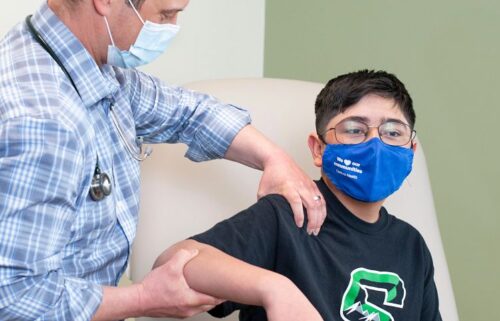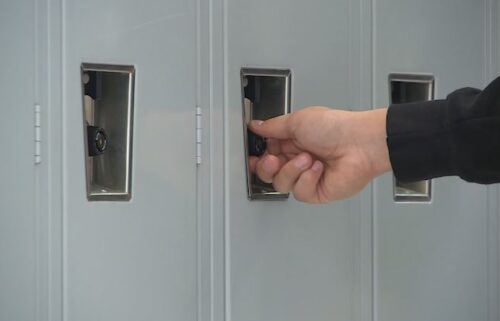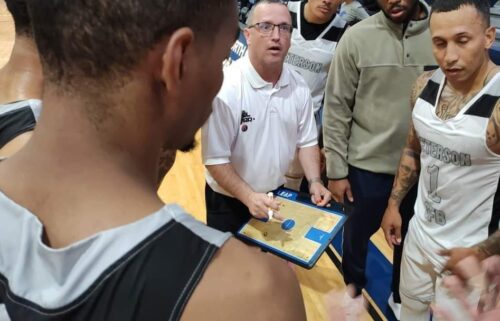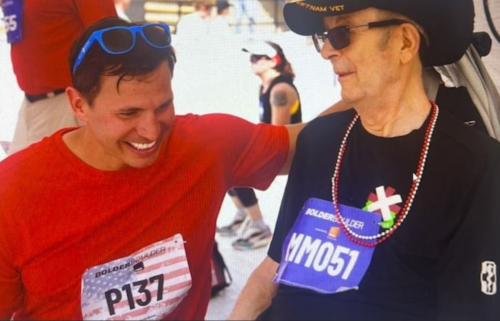CDOT launches campaign to bring awareness to dangers of hot cars
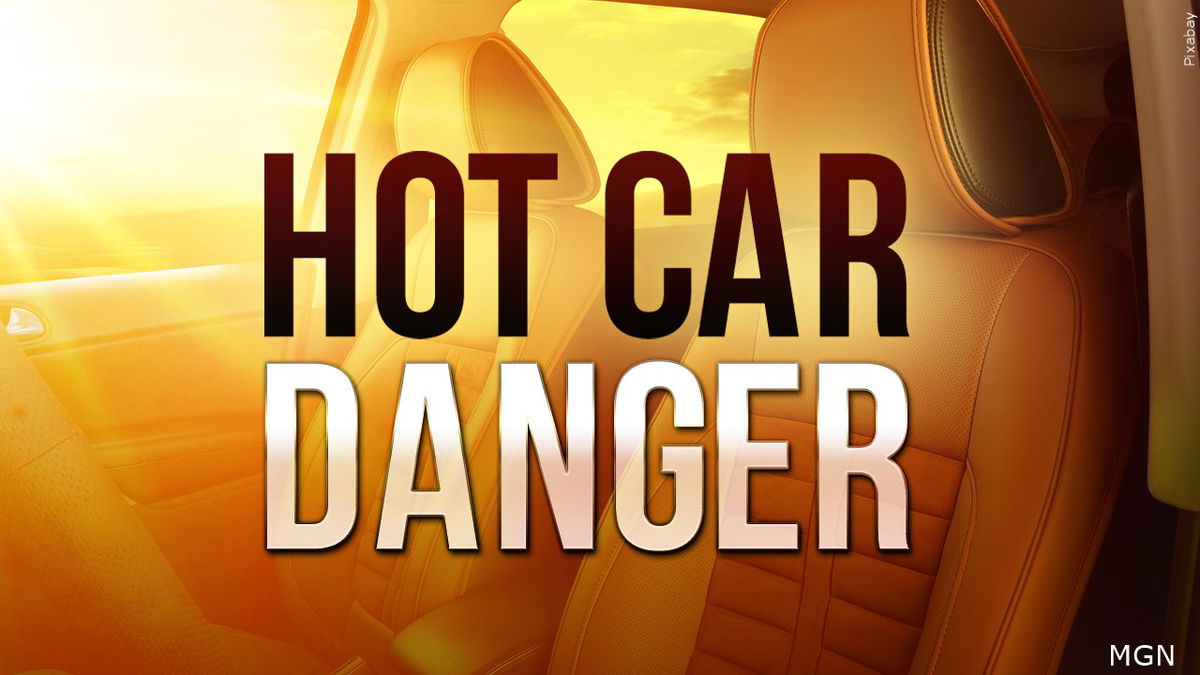
COLORADO SPRINGS, Colo. (KRDO) – With Colorado experiencing its fair share of record heat this summer, the Colorado Department of Transportation (CDOT) is launching a campaign dedicated to fostering awareness of the dangers of vehicular heatstroke.
It stresses the importance of never leaving a parked vehicle unattended with children, older individuals or people with disabilities inside.
According to CDOT, heatstroke can happen in vehicles even when outdoor temperatures are as low as 57 degrees. But when those temperatures increase, the situation get more dire – the temperature inside a parked car can reach 100 degrees in a matter of minutes.
Last summer, there were 89 days over 80 degrees in Colorado Springs.
Over the last 25 years in Colorado, vehicular heatstroke has resulted in the death of seven children, but with zero reported deaths over the past decade.
Children knowingly left in cars by their caregivers account for 21% of vehicular heatstroke fatalities nationwide – but most deaths come from children "unknowingly" being left in a vehicle.

“Running inside for a quick errand does not justify leaving someone unsupervised in a vehicle,” said CDOT’s Office of Transportation Safety Director Darrell Lingk. “Time away from your vehicle can be unpredictable. Short errands can quickly turn into long lines or unforeseen delays. Parking in the shade or cracking a window will not prevent the interior of a car from becoming dangerously hot.”
The risk of heatstroke death is exceedingly high for children and older individuals. A child’s body temperature rises three to five times faster than adults, and older individuals are also more sensitive to heat.
Additionally, people with disabilities are at a higher risk of heatstroke if they are left unattended in a hot car, as they may not be able to exit on their own or communicate their needs to a caregiver.
CDOT stresses the importance of bystanders taking action through providing help or calling 911 if they see anyone inside a hot car who appears flushed, distressed or dehydrated.
But most importantly – they stress that drivers be cautious and aware. CDOT recommends leaving a passenger’s belongings, such as a toy or stuffed animal, in the front seat or entering your passenger’s destination in your GPS as a reminder.
“The best way to protect the most vulnerable passengers from vehicular heatstroke injury is to put a system in place to double-check the back seat, or ‘Look Before you Lock’ every time,” said Britney Lombard, CPST-I, Injury Prevention Manager, Children’s Hospital Colorado. “It’s always worth the extra few seconds to ensure the back seat is clear.”
Learn more about the circumstances leading to hot car injuries and deaths and how you can prevent tragedies like these from happening here.
